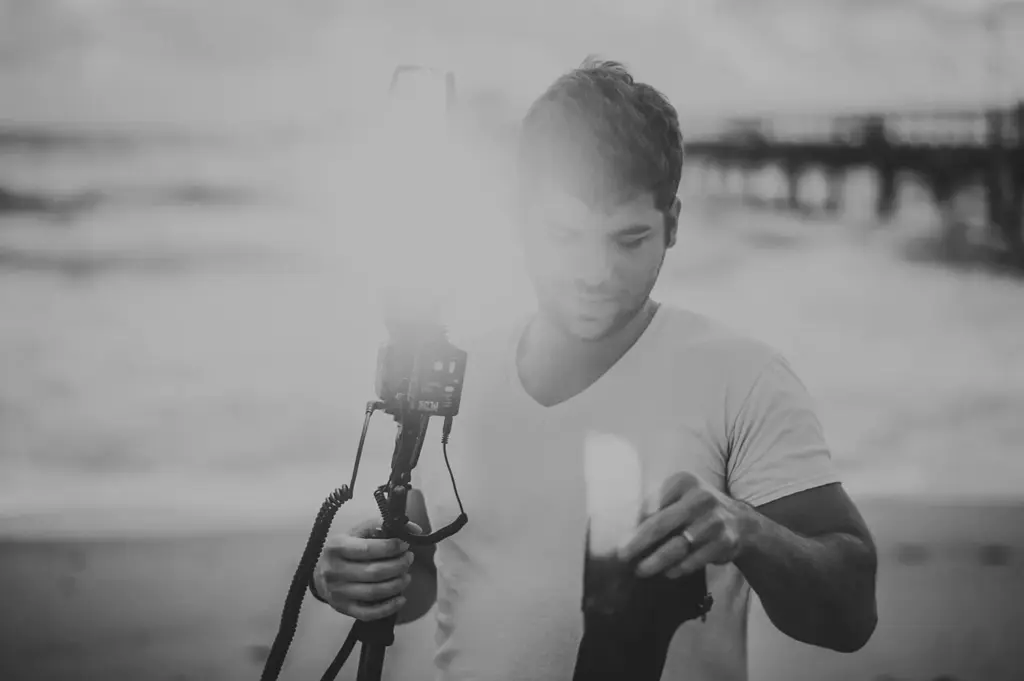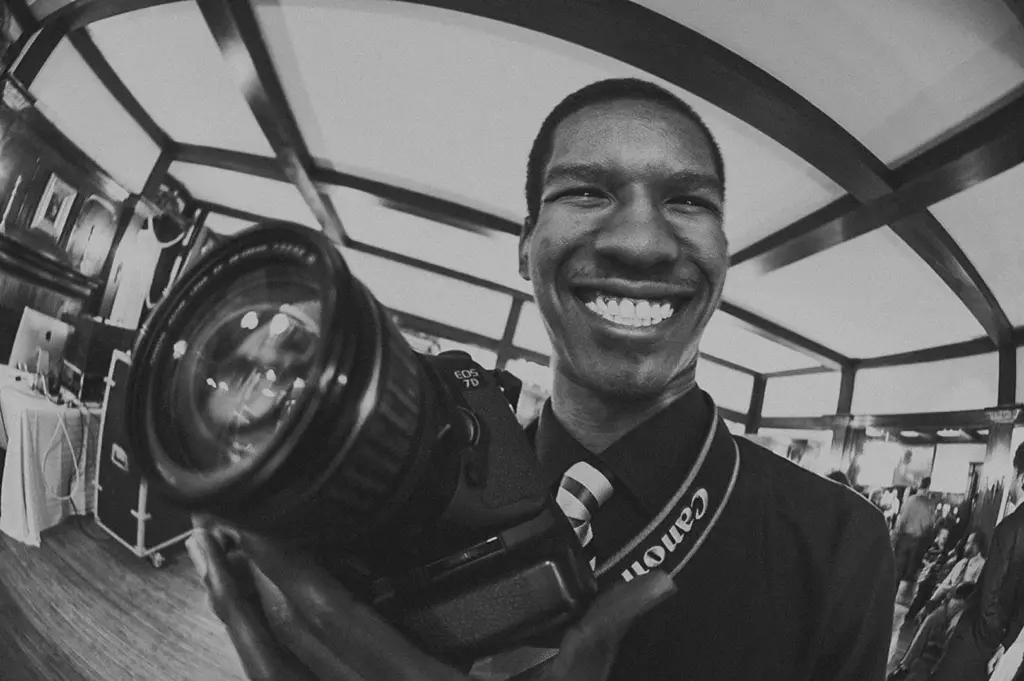
Did you know that the first camera-like device was invented almost 1,000 years ago?
Professional photography has come a long way since then, but it’s always important to know the roots from which an art form sprung into being.
To help you get the full picture, we’ve outlined a history of photography timeline just for you. It stretches from the first photograph ever to our modern technology and more.
How did what we see evolve into something we could grasp at our fingertips from anywhere in the world?
The First Camera
To begin our brief history of photography, we’ll start with the first-ever camera, which was the size of a room and not exactly a camera as we know them today.
Called camera obscura, which translates from the Latin as ‘dark chamber,’ the device was simply a large dark room with a hole in it. When light entered the hole, an inverted, slightly whitened image of the scenery outside was cast against the furthest wall.
The earliest remaining description of this device dates all the way back to ancient China in the 4th century BCE.
This ancestor of the camera was eventually used by astronomers to safely observe eclipses. It was also used by artists who wanted to sketch their models on a piece of paper. They held the blank sheet up against the light-receiving wall and sketched away.
As you can see, camera obscuras didn’t use anything we would call the film. Thus, they didn’t actually take photographs.
In the 16th century, portable versions, like miniature rooms, were eventually created, but even those did not use film to permanently capture the image.
The First Photograph
It wasn’t until 1826 or 1827 that the French inventor Joseph Nicéphore Niépce took what is considered the first photograph.
Using a light-sensitive plate, he took a picture of the Burgundy section of his homeland of France. It’s the same view you would have seen had you been standing all those years ago by the upstairs window of the photographer’s house.
Because the photograph is so old and the method was so primitive, we can now only see vague outlines. If you squint, you can see the buildings’ roofs and perhaps the top of a tree.
If you want to see this singular photograph for yourself, you’ll have to take a trip to the University of Texas-Austin where they keep it in their permanent collection.
The First Selfie
Paris Hilton may have tried to take credit for inventing the selfie with Britney Spears in 2006, but Robert Cornelius has her beat by well over 150 years.
The first selfie, or self-portrait, was taken by Cornelius in 1839 after he sat like a statue in front of the camera for around a minute. When he was done sitting still, he quickly covered the lens of the camera and voila, the first selfie was born.
If that sounds like a long time, it still beats sitting for hours to get your self-portrait done by an artist.
Nowadays, it’s so easy to create one that even monkeys can take selfies, all thanks to Cornelius’s pioneering achievement.
The First Digital Photograph
The history of digital photography begins with the first digital photo, which was taken in 1957 by the American engineer Russell Kirsch, about 20 years before the invention of the first actual digital camera.
The photograph depicts the face of Kirsch’s baby boy in distant contemplation, perhaps thinking about where he lost his rattle.
So how did Russell Kirsch take a digital photograph without a digital camera? His sly trick involved a film image that he then digitally scanned in order to produce what is called the first digital photograph. We’ll let you decide if it’s cheating.
The First Digital Camera
True digital photography arrived on the scene in 1975. That was when the first digital camera was invented by American inventor Steve Sasson while he was working at the company Eastman Kodak, now known simply as Kodak.
This camera was not like the cameras we have today that can take thousands of photos and keep them all on one tiny storage device or on a cloud in cyberspace. Rather, you could only take about 30 images that were stored on a fragile, bulky cassette.
When Sasson tested the device out for the first time, he took a picture of Joy, a lab technician who worked with him. However, Sasson didn’t save the image so it has been lost to history.
Afterward, the 80s and 90s saw a wide range of point-and-click digital camera being produced by various companies. It wasn’t until 1991 that Kodak created a digital camera that could be used easily by professional photographers. SLR and DSLR cameras were then perfected and updated by other companies, such as Nikon, Pentax, Canon, and others.
Now, digital cameras have a wealth of advanced and amazing features that can be put to use, such as frame rate change, flash type, focusing modes, highlight control, ISO settings, and much more.
And the rest is, as they say, history.
The First Photograph of a Black Hole
What does the future hold for photography?
Well, for the longest time, black holes were theoretical phenomena described by the late, great Stephen Hawking and other physicists and astronomers, but earlier this year, the first-ever photograph of a black hole was taken.
Although it’s a blurry, misshapen disc of light, it’s still direct evidence of a black hole’s existence. Remember how blurry and indistinct the view from Niépce’s window in France was?
Imagine how much clearer photographs of black holes and other unimaginably distant objects will be. When it comes to photography, the sky is not the limit.
Are You Ready to Be a Part of the History of Photography?
Now that you can picture the history of photography, you can begin to be a part of it.
C&I is an idea agency that can bring your business to life using top of the line video production and professional photography. Who knows, maybe our advertising solutions will be discovered a hundred years into the future as an amazing relic of the past. Contact us to learn more about our highly-rated creative services.
